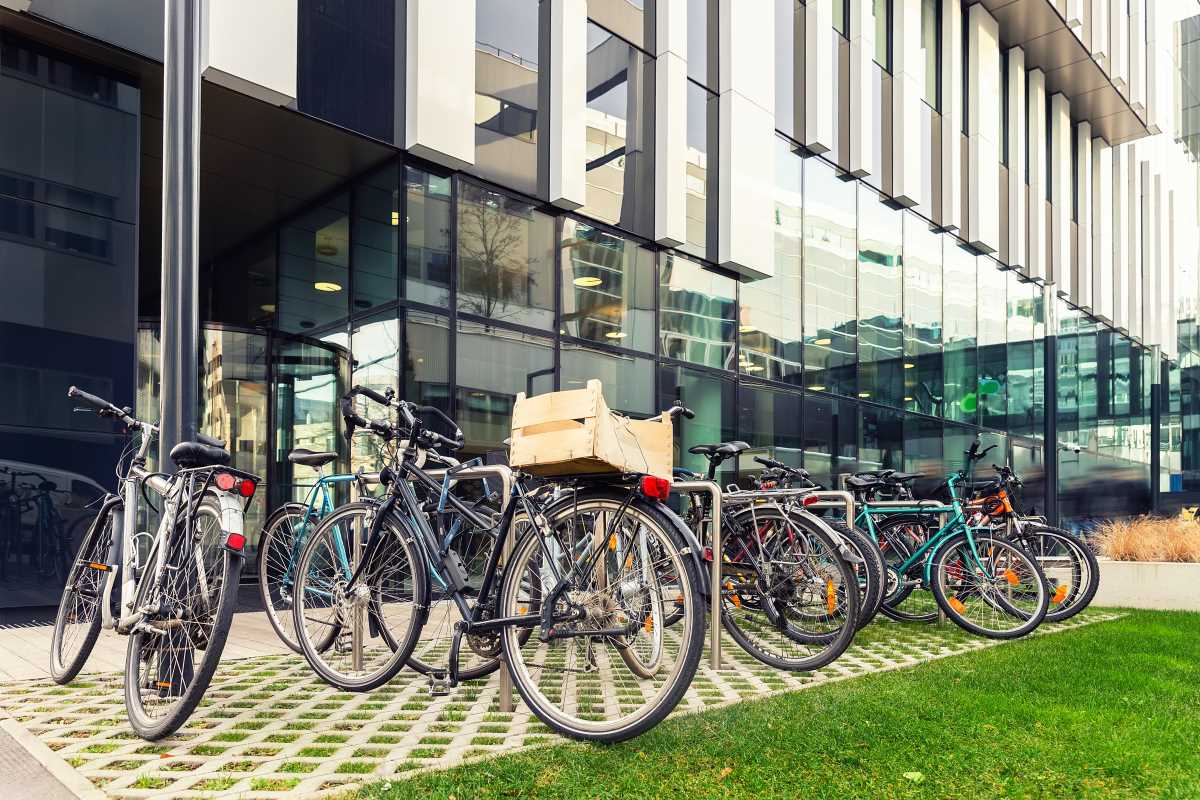Joining local government projects often feels daunting, especially when faced with numerous opportunities to get involved. Finding the right fit means choosing options that suit your interests and availability. When you take part in community programs, lend your time to committees, or keep yourself updated about local decisions, you help shape the place you live. This guide explains the available paths with straightforward advice and examples from real experiences. With a little direction, you can discover where your efforts matter most and begin leaving a positive mark on your community right away.
Understanding the Importance of Civic Engagement
Taking part in your community's decision-making processes allows you to influence policies that directly affect your daily life. When residents engage actively, local leaders receive valuable insights and feedback, leading to smarter, more relevant projects. Your involvement can shape neighborhood development, improve public services, and foster stronger relationships among residents.
Participating in local projects also helps build a sense of ownership and pride in your community. It creates opportunities for collaboration and problem-solving, which can lead to innovative solutions for common issues. By contributing your time and ideas, you strengthen the bonds that keep neighborhoods vibrant and resilient.
Seeing local government with fresh eyes
- Community meetings: Attend town halls or public forums to listen to ongoing projects and voice your opinions. These gatherings provide direct access to decision-makers and a platform for sharing your perspectives. Prepare questions or suggestions beforehand to make your participation more effective.
- Participate in surveys and polls: Many municipalities seek resident input through online or paper surveys. These tools gauge community needs and priorities. Allocate a few minutes to complete surveys and encourage friends to do the same, amplifying your collective voice.
- Volunteer for advisory boards: Local governments often have committees that advise on issues like parks, safety, or zoning. Volunteering provides firsthand experience and allows you to influence policies directly. Check your municipality’s website for openings and application procedures.
- Follow social media channels: Many government departments maintain active social media profiles. Engaging with posts and sharing community concerns helps keep issues visible and prompts officials to act. Use these platforms to stay informed about upcoming projects and opportunities to participate.
- Attend open houses and project tours: Some local projects host informational sessions or site visits. These events give residents a behind-the-scenes look at developments and a chance to ask questions. Take advantage of these opportunities to deepen your understanding and provide feedback.
Hands-On Approaches in Your Neighborhood
Getting your hands dirty by actively participating in neighborhood projects can lead to tangible improvements. From organizing cleanups to planting community gardens, these efforts foster pride and cooperation among residents. Start by identifying local needs and rallying neighbors to collaborate on initiatives.
Kick off with small projects that require minimal resources but have a visible impact. These can include repainting crosswalks, creating murals, or setting up recycling stations. Connecting with local organizations or city programs can provide support and guidance, making it easier to launch and sustain these efforts.
Turning Ideas into Action
- Identify a community need: Observe your neighborhood and talk to residents to uncover issues that matter. Focus on problems that you are passionate about and that could benefit from local involvement.
- Build a team: Gather like-minded neighbors, local nonprofits, or small business owners interested in addressing the issue. Forming a diverse group increases resources and perspectives, making your efforts more effective.
- Develop a plan: Outline specific actions, assign roles, and set achievable goals. Consider deadlines and necessary resources. Clear planning ensures everyone stays aligned and motivated.
- Engage the community: Organize events, distribute flyers, or use social media to attract participants. Sharing your vision encourages wider participation and strengthens community bonds.
- Implement and evaluate: Carry out your plan, monitor progress, and gather feedback. Be flexible and willing to adapt based on what works and what doesn’t. Celebrate successes to keep morale high.
Insider Tips for Lasting Community Impact
- Join local advocacy groups: These groups often have established channels to influence policy and receive updates on upcoming projects. Being part of a network amplifies your voice and resources.
- Attend training sessions or workshops: Many municipalities offer free or low-cost workshops on topics like grant writing, community organizing, or environmental initiatives. These skills can help you lead projects more effectively.
- Use technology to stay connected: Apps and online platforms can streamline communication, coordinate volunteers, and track project progress. Embrace digital tools to maximize your impact efficiently.
- Document your efforts: Take photos, write reports, or keep a journal of activities. Documentation not only motivates participants but also provides evidence of your community’s progress to local officials or funders.
- Share your successes: Celebrate milestones publicly through social media, newsletters, or community events. Recognizing achievements encourages continued involvement and attracts new supporters.
Engaging actively with your local government and neighborhood initiatives transforms ideas into meaningful change. Your participation enriches your community and helps shape a better future for everyone involved.
Your actions can strengthen your neighborhood and encourage others to get involved. Every effort counts. Begin today and see the difference you make.





.jpg)

